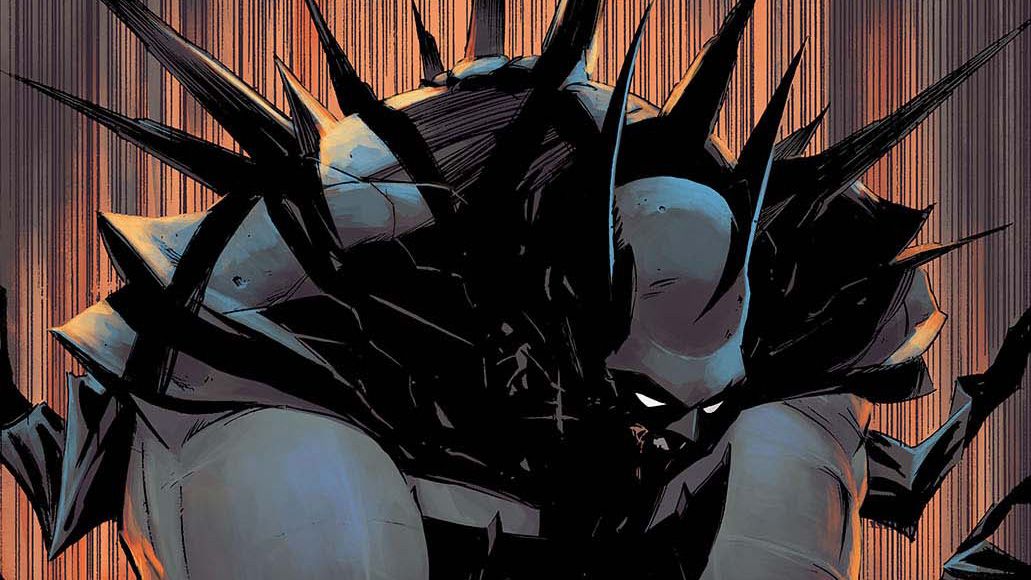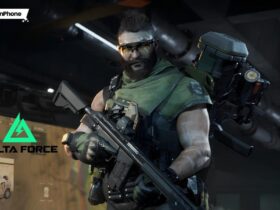When we got our first look at the Absolute Batman, his hulking image couldn’t have seemed farther from what we typically associate with more famous versions of the Dark Knight. His muscular frame made him look like he needed to watch out for doorways more than bad guys, the logo on his chest was a geometry lesson (and an ax?!), and instead of a cape, he bore bat-paraphernalia on his hands like scimitars. However, as the new Absolute line of DC Comics has proven one after another with Batman, Wonder Woman, and Superman, this look was deceiving. For all the fresh spins that these new books have provided, they are also deeply connected to the characters’ long histories.
The Absolute line isn’t alone in offering modern superhero reboots – Marvel is currently working on its own new wave of Ultimate comics, while the DC Universe film efforts are set to offer distinct incarnations of Superman and the Batman family over the next few years. But reboots can be a mixed bag of the timeless and the time-worn. Though the creators of many of these aforementioned series are doing a great job differentiating them from the past (Ultimate X-Men is a treat!), there is always the risk of falling into the familiar. Hit too many of the same beats and you defeat the purpose of having a reboot in the first place.

At first glance, the Absolute comics evade this trap by providing extended What If…?-style hooks: Absolute Batman is broke; Absolute Superman was an adult when he left Krypton; and Absolute Wonder Woman is a warrior from Hell with no memory of her Amazon roots. However, these departures end up actually tying the characters back to their iconic comic book mythologies even more than they would have if we’d just gotten lazily rote origin stories.
For example, in Absolute Batman, the titular hero hasn’t felt this dedicated or dangerous since Frank Miller’s The Dark Knight Returns. In a way, every version of the character since has been wrangling with the hulking, obsessive antihero that Miller gave us, but Absolute Batman is one of the only ones to retain his unpredictable potency. When it’s revealed that Batman altered Alfred’s gun to be non-lethal, it reminds one of Batman’s “Rubber bullets. Honest,” comment from TDKR.
Absolute Batman shows glimmers of the character’s early stories, especially when it comes to his nightmarish fighting style. The whipping appendages build on the idea that, when he first started out, many Gotham residents viewed the Caped Crusader as a borderline supernatural figure. But it doesn’t extricate him from being personally involved in the city or with other people – this Bruce Wayne has a Mom and a group of pals that care about him! Adorable!

And though Absolute Batman uses his work in Gotham to get to know the city better, it’s also to help repair it. Like more empathetic versions of the character, such as the one in Batman: The Animated Series, he rides the fine line between brutishness and benevolence. Devoid of his traditional familial wealth, this allows the comic to confidently tackle the common “If Bruce Wayne wants to help so much, shouldn’t he do something other than punch people?” question. And while Alfred Pennyworth is a deadly spy here, previous Batman comics have been littered with hints and references to the butler’s… capable past, so this is also pretty fitting.
Absolute Superman also reflects the character’s comic book roots. Before he became tied to the fantastical, Superman’s stories tended to lean in the blue-collar direction. The enemies he fought weren’t evil geniuses or intergalactic warlords but greedy people seeking to prey on the common man. Though this Superman hails from a Krypton that looks lavishly sci-fi and evokes memories of both Silver Age and modern interpretations of the planet, he returns here to what made him so powerful in the wake of the Great Depression (and what makes him particularly timely now). This is a Superman who looks out for the little guy and can’t abide by the corporations and moguls that seek to strangle profit from us.

Absolute Wonder Woman is a grab-bag of influences from more modern incarnations. She has a rough edge that stays in line with her character after Crisis on Infinite Earths, and her muscular vigor has shades of the beautifully dominant figure from comics like DC: The New Frontier. Absolute Wonder Woman has also set the foundation of a complicated relationship, not just between worlds of Hell and the “above,” but between gods and demi-gods as well. This, too, seems more recent, and though she rides a skeletal Pegasus into battle from the depths of the underworld, she feels like a compelling culmination of story-telling trends.
Though the Absolute line might be a series of reboots (or “Elseworld” tales) with prominent twists on themes and throughlines, they retain many elements that give them a classic spark. And in the end, that’s what you want out of a comic book reboot: Enough connections to remind readers of why they’ve loved these characters for decades, but without a slavish devotion to recreating what we already know about them. In this way, Absolute Batman is absolutely Batman.
Absolute Batman #1 and #2 are out now from DC, as is Absolute Wonder Woman #1, and Absolute Superman #1.












Leave a Reply